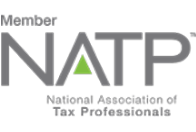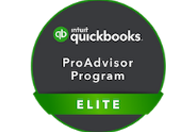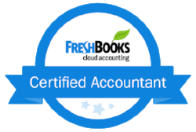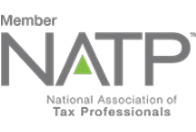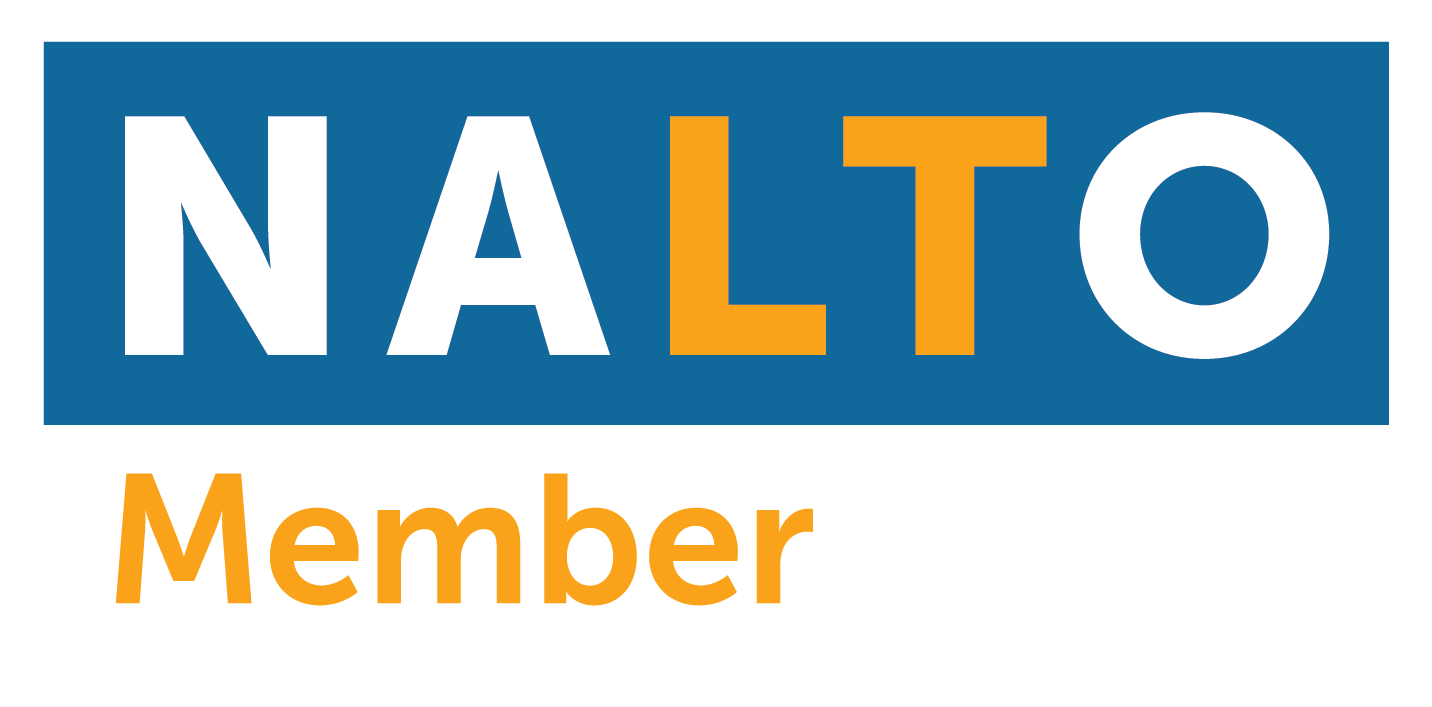For a business expense to be deductible, it must be an ordinary and necessary cost incurred in the conduct of operating your business, trade, or profession. However, there are expenses that are ordinary and necessary but cannot be deducted in the current tax period. These are the capital expenses.
What is a Capital Expense?
A capital expense, also known as capital expenditure or CapEx, is an investment cost spent for your business that is expected to provide long-term benefits or income to your business. These significant expenditures are recorded as part of your business assets in the balance sheet, rather than being deducted in full as an expense in your income statement. The item must have a life expectancy of more than one year, to be capitalized, otherwise it should be treated as an outright expense.
Types of Capital Expenses per IRS
There are several types of capital expenses, and the IRS (Internal Revenue Service) has identified the following capitalizable items:
Business startup cost. These are the initial expenses incurred to begin or establish a business such as permits, licenses, web design, advertisements, or employee training.
- However, you may elect to deduct startup cost by simply claiming it as a deduction, up to $5,000, in the income tax return. Startup costs in excess of the $5,000 limit must be capitalized.
Business Assets. Examples of business assets include the acquisition of physical assets such as land, buildings, vehicles, furniture, appliances, and equipment. The acquisition cost must be fully capitalized including freight and installation fees. Tools may also be capitalized if they have a life expectancy of more than one year and cost more than $200. Intangible assets such as trademarks, goodwill, or patents are also capitalizable expenditures.
- De Minimis Safe Harbor for Tangible Property. Although business assets should normally be capitalized, you may still deduct the cost of some of these assets with the de minimis safe harbor for tangible property. It allows businesses to treat purchases as a current deduction for items costing $2,500 or less (or $5,000 for businesses with applicable financial statements or AFS) if they have a policy (must be a written policy if with AFS) in place at the beginning of the year. Electing this provision requires filing a statement that you are making the De Minimis Safe Harbor election under section 1.263(a)-1(f) and attach it to your timely filed original tax return (including time extensions).
Improvements. Costs of improvements that add value or extend the life of your existing assets should also be capitalized. Examples include roof replacement, rewiring the electrical system, or replacing a major part of a machine. However, minor repairs and maintenance costs, (such as cleaning, repainting, or inspection) that do not improve or extend the life of an asset should be an outright expense.
- Routine maintenance safe harbor. This IRS provision allows businesses to deduct major maintenance and repair costs that provide improvement on tangible properties if they are considered routine activities. To qualify as routine, it must be expected that such activities will be performed more than once during the life of the property (or within a 10-year period for buildings and building systems). To use this provision, you only need to adapt this in your accounting method.
Cost Recovery
Though you generally cannot deduct capital expenditures in the current year, you can still recover its cost over time through depreciation, depletion, or amortization.
Depreciation is the process of reducing the value of a tangible asset over time due to its use or wear and tear. Depletion is used for adjusting the value of a mineral property as a result of the extraction of its natural resources. Amortization, on the other hand, is like depreciation that spreads the cost of an asset over time but is appropriately used for intangible assets, research and development, or startup costs.
There are properties that are not subject to depreciation, the most common example of which is land. Land is an asset that is not subject to wear and tear, therefore can never be depreciated. However, properties or improvements attached or built on the land are depreciable.
For tax purposes, the IRS provides depreciation methods or strategies to help businesses receive tax benefits sooner than later. Among these are the Modified Accelerated Cost Recovery System (MACRS) and the Section 179 Deduction. Each has its own set of rules and benefits that one must know in order to choose which can provide a more applicable cost recovery practice for your business.
Benefits of Capitalizing Expenses
Capitalizing costs instead of immediately deducting it from your taxable income may seem like a burden on finances due to the deferred tax deduction but there are several benefits from this accounting practice.
- Proper matching of income and expense as it spreads the costs of CapEx over time or based on its usage.
- Provides a better view of a business operating income capacity in each period.
- Shows how much a business invests in purchases and improvements that provide long-term benefits and revenue to a business.
- Accuracy in the financial records as it reduces the risk of artificially inflating expenses for the current period.
Want to learn more?
You may want to consult and work with 1099 Accountant – We offer online bookkeeping, online advisory services and online tax and accounting services. We offer reasonable rates. We only work with independent contractors, freelancers, and one-person business. We work with locum tenens from California to New York City and everywhere in between. Yes, even Hawaii!
Contact us toll-free (855)529-1099 or make an appointment for a free consultation. Contact Us – Accountant (1099accountant.com)

